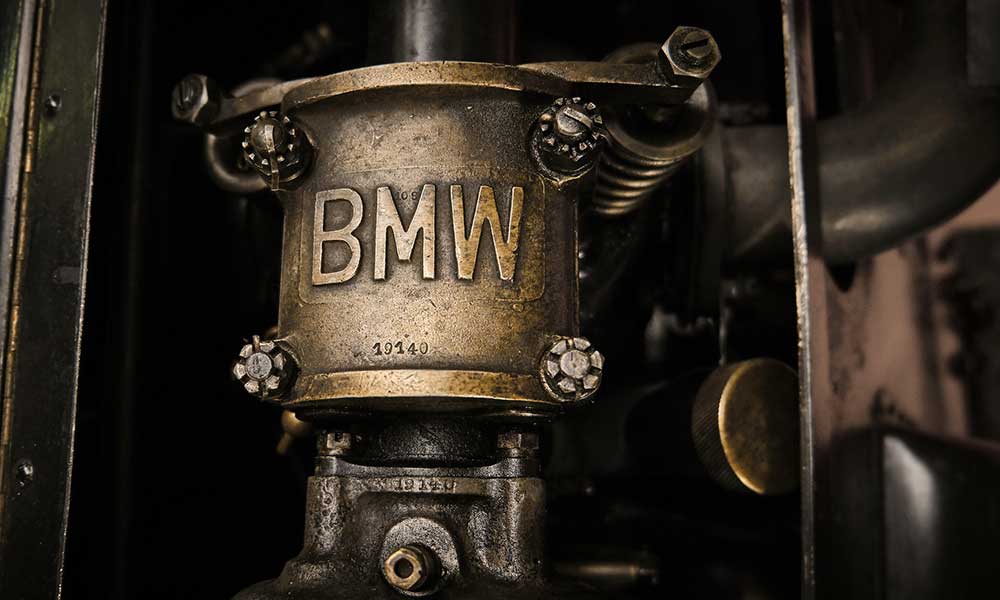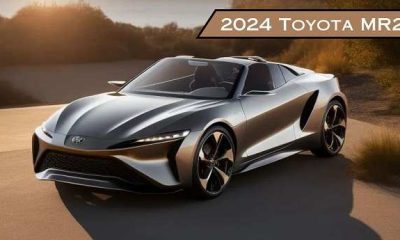Auto Pedia
Engine’s Cylinders, Torque, And Pistons…

Everybody is aware of that if you wish to pack a punch, the 8-cylinder engine is the way in which to go. You already know it, I do know it, the automotive seller is aware of it, and should you verify along with your insurance coverage agent to see in case your premiums will enhance whenever you commerce in that 4- for an 8-, you will be certain he/she is aware of it too. Nevertheless it’s not fairly that easy. Which engines actually do carry out the very best? Nicely, to reply that, we have to take a look at a couple of engine fundamentals.
In an engine, pistons (which thrust the gasoline into ahead movement so to talk) journey down cylinder sleeves permitting valves within the engine to open. These valves are known as “consumption valves” as a result of as soon as within the open place, they let gasoline and air enter the cylinders. When the pistons rise, the quantity of area contained in the cylinder decreases, inflicting the gasoline and air to compress. As everyone knows, compressed gases are extra flammable. A spark, because of the spark plug, ignites the gases within the cylinder inflicting explosions that ship the pistons again down. What goes down, should come again up, proper? So when the pistons push again up the second time, a distinct valve opens — the exhaust valve — which pushes the combusted gasoline/air combination out of the chamber. The pistons in an engine are available even numbers (therefore, the 4-cylinder, 6-cylinder, and 8-cylinder choices). The explanation for it is because for each piston that is up, there is a partnering piston that is down. These pistons are linked to rocker arms that flip the crankshaft, which causes the wheels to show. The fixed switching of up-and-down pistons (two up whereas the opposite two are down in a 4-cylinder engine) is what causes fluid, ahead movement of the car.
As soon as we perceive the operate of the pistons, it is easy to see how a 6-cylinder engine produces extra energy than a 4-cylinder engine. Two additional cylinders, two additional pistons. Extra gasoline being burned with every flip of the crankshaft, extra money spent on changing the quantity of gasoline you burn.
For probably the most half, 4-cylinder engines present satisfactory energy for small, gentle automobiles. Nonetheless, the 6-cylinder engines are extra responsive and pretty normal on small vehicles, mid-size automobiles, and SUVs. Bigger, heavier SUVs and bigger vehicles, designed for towing or hauling, typically function the 8-cylinder engine. However is larger all the time higher?
That is the place ‘torque’ comes into play. Take for instance, the Isuzu Ascender, the favored five-passenger SUV. Designed to have the ability to haul your complete household, plus tow these wave runners you got with final yr’s Christmas bonus, the Ascender solely includes a 6-cylinder engine. Why not eight? The reply: torque. The design of the Ascender’s 4.2-liter Inline 6-cylinder engine really generates 285 horsepower and 276 lbs.-foot of torque — extra energy than some 8-cylinder engines.
Torque and horsepower are considerably extra difficult than merely understanding how pistons and cylinders have an effect on energy. However the fundamental precept is that each automotive’s drive prepare (the system that converts the gasoline to energy and the strategy of getting that energy to the car’s
wheels) is barely totally different, and a few are extra environment friendly than others. So a 6-cylinder engine which operates extra effectively can, in actuality, present extra horsepower whereas burning much less gasoline than an 8-cylinder engine with a much less stellar design.






























